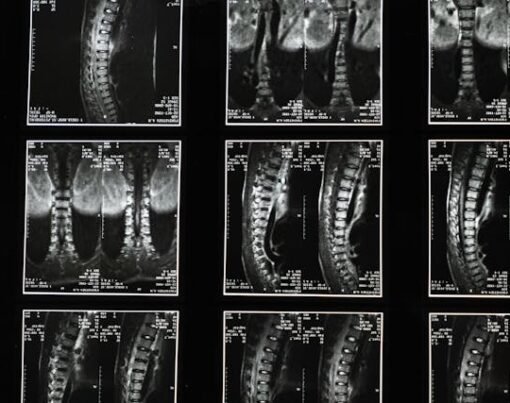As most of us know, when our loved ones age, we often have to worry about their cognitive health and how to maintain it for as long as possible. Though many are familiar with the terms Alzheimer’s and dementia, there can be confusion between the two, often leading to misconceptions and misunderstandings. For those seeking clarity, this article will compare and contrast dementia and Alzheimer’s disease, explain their respective symptoms and risk factors, and discuss available treatments and management strategies.
Understanding the Difference Between Dementia and Alzheimer’s
Dementia is a general term used to describe a decline in cognitive ability severe enough to interfere with daily life. It is an umbrella term for several different conditions that affect the brain, often involving memory loss, impairment in communication, and difficulties with problem-solving and reasoning. By contrast, Alzheimer’s disease is a specific type of dementia, responsible for the majority of all dementia cases. It is a progressive and irreversible neurological disorder, affecting memory, thinking, and behavior.
In comparing dementia vs Alzheimer’s, it is essential to note that while Alzheimer’s is a form of dementia, not all dementias are Alzheimer’s-related. Other types of dementia include vascular dementia, dementia with Lewy bodies, and frontotemporal dementia. Each has its distinct causes and symptoms, resulting from various factors such as age, genetics, medical history, and lifestyle. Furthermore, while dementia predominantly affects seniors, it is not exclusive to the elderly population. Early-onset dementia can occur in younger adults and may pose unique challenges.
Recognizing the Symptoms and Risk Factors
While both dementia and Alzheimer’s share common symptoms, each type of dementia can manifest differently in individuals. Memory loss is a typical symptom present in most dementia cases, but other symptoms such as mood swings, hallucinations, and disorientation can vary. In Alzheimer’s disease, the symptoms gradually progress over time, eventually leading to severe memory loss and a decline in cognitive functions, which can impact an individual’s ability to carry out basic tasks independently.
Age, genetics, and medical history are all significant risk factors when it comes to dementia and Alzheimer’s. A family history of Alzheimer’s or dementia can increase a person’s likelihood of developing these conditions. Conditions such as high blood pressure, high cholesterol, or diabetes may also raise the risk for both Alzheimer’s and other dementias as they can affect blood flow to the brain.
Lifestyle factors also play a role in Alzheimer’s and dementia risk. Regular physical activity, social engagement, and mental stimulation can all contribute to decreasing the risk of cognitive decline. Additionally, maintaining a healthy diet, getting sufficient sleep, and finding ways to manage stress have been linked to better brain health in later life.
Treatments and Management Strategies

Currently, there is no cure for Alzheimer’s or other forms of dementia; however, there are treatments available to manage symptoms and slow the progression of the disease. For Alzheimer’s, medication can be prescribed to temporarily improve memory and thinking, as well as regulate mood and behavior. In the case of other dementias, treatment may involve a combination of medications, lifestyle changes, and support services aimed at alleviating symptoms and maintaining independence.
Non-medical intervention strategies may help manage cognitive decline in all forms of dementia. Cognitive stimulation activities, such as puzzles and memory games, can keep the brain active and engage the individual in an enjoyable way. Regular physical activity is required for overall health and may improve mood and stamina, while social interaction can support emotional well-being.
Support from caregivers, families, and healthcare professionals is vital in managing Alzheimer’s disease and dementia. Caregiver education can provide tools and strategies for understanding and coping with the challenges that these conditions offer. Building a strong support network and accessing available resources can go a long way in enhancing the quality of life for both the individual and their caregivers.
As you can see, this article has provided an overview of the distinctions between dementia and Alzheimer’s, offered insights into their respective symptoms, risk factors, and treatments, and highlighted the importance of education and support systems in navigating the challenges posed by these conditions. By understanding and acknowledging these differences, we can better prepare and care for our loved ones as they age.











